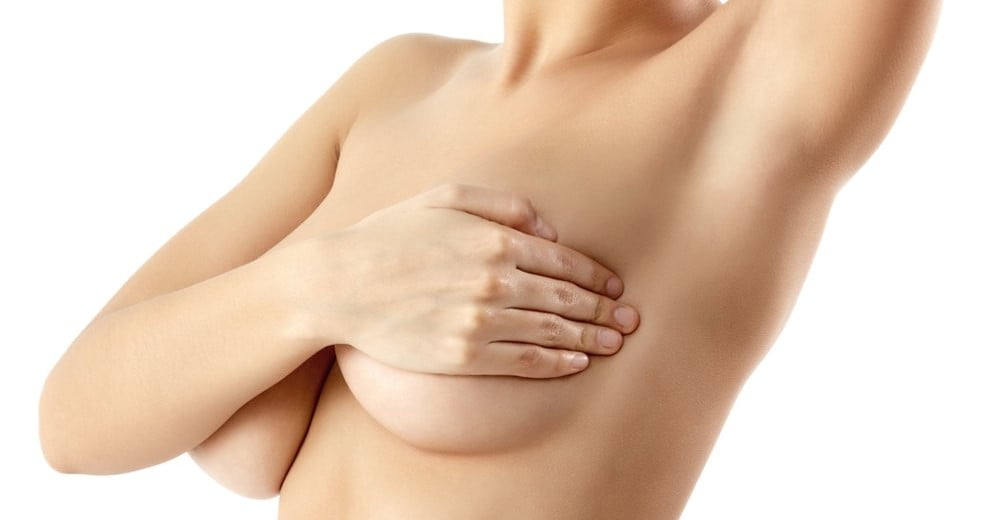Why do they rupture? PIP (Poly Implant Prosthese) breast implants were being manufactured to an inferior standard. The silicone within the breast implant was of an industrial grade rather than a medical grade, and the elastomer or shell surrounding the silicone was too thin. The result was breast implants that ruptured more readily and allowed the silicone to ooze out.
What is the rupture rate? The rupture rate has been assessed as being up to 35% within 10 years of breast augmentation surgery. This compares with less than 5% among comparable breast implants from reputable, large, multi-national breast implant manufacturing companies.
How do you know if they have ruptured? Many patients are completely unaware that their PIP breast implants have ruptured, the rupture being detected coincidentally during breast imaging with ultrasound or MRI. Other patients develop swelling of the breast, or the breast changes shape with the formation of a scar capsule.
What do you do about it? First of all do not panic. Visit your plastic surgeon who will assess you and organise imaging, be that ultrasound or MRI. If your PIP breast implants have ruptured they should be removed. They can be replaced with safer, more durable breast implants or you can undergo a mastopexy instead. If your breast implants have not ruptured you can elect to watch them over time with repeat imaging or you may choose to have them replaced regardless, for your own piece of mind.

